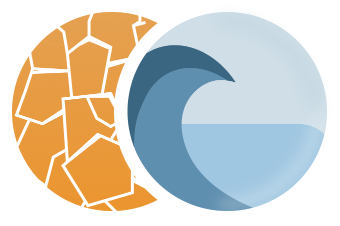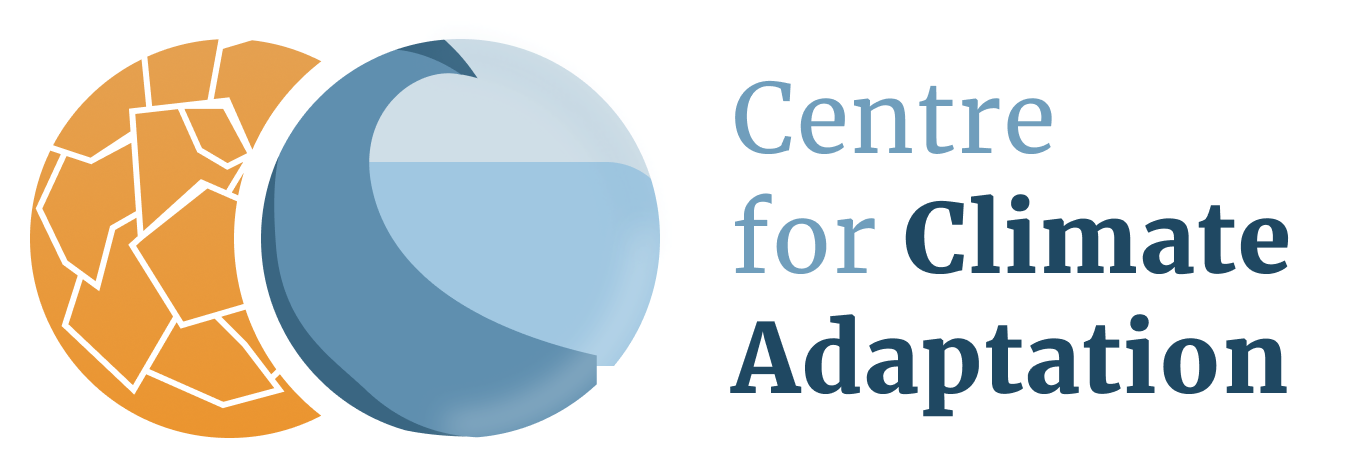Latvia
Coastal erosion
Vulnerabilities
The total length of the Latvian coastal zone is 496.5 km. It mainly consists of sandy beaches and dunes. Gravel, pebble or boulder covered beaches are more rare and there are hardly any steep coasts. In the areas of sand accumulation beyond the beach, 1–4 m high predunes with typical vegetation have formed. Beyond these, there is typically a belt of grey dunes and forest-covered coastal dunes dominated by pine trees (3). There is little urban development along the coast due to restrictions in the Soviet period; the developed area closer than 500 m from the shore is about 11% (1).
Studies made in Latvia demonstrate that over the past 100 years land areas in some places have extended by 50–200 m (in Irbe Strait from Luzna to Mikeltornis), however in most cases, the territories of land have receded and the width of the washed off coastal belt is 50–150m (in Nida, Bernatu Dune, in the section of Ulmale-Jurkalne bluff at the Baltic Sea coast, also in the Gulf of Riga in the coastal area of Kolka, Engure, Bigaunciems). By the end of 1970s, the erosion rate of the coast was 0.5-1 m, at some locations 1.5 m per annum, however during the past decades the erosion rate has increased 2–5 times (3).
From 1992-2011, some 120 km of the coastline has been affected by erosion; for some 60 km erosion rate is >0.5 m/year. Over the last decades, there has been a sharp reduction in sea ice duration time (2) as a result of which ice is not acting as a natural ‘protective barrier’ during winter storms. The most intensive erosion is near Kurzeme coast (near Bernāti and Jūrkalne) where the coast during the year may step back by up to 20-30 metres. Seriously endangered is also the western coast of Riga Bay because of the concentration of housing in historical villages of fishermen. Observations show that in the last 50-60 years the average wash-off of coasts in approximately 30% of total length of the coastal belt of Latvia reached 30-50 m, the maximal wash-off being 100-200 m (4).
In the past 20–30 years, the force of devastating autumn and winter storms in Latvia (as observed also elsewhere in Europe and globally) is increasing and the drifts of wind born water mass in the coastal area are getting higher. At the same time, winters are getting warmer – without coastal ice in the shallow sea zone and freezing of soil. As a result, erosion of the coast increases (3).
As 62% of the 496.5 km long coastal line (corresponding to 27% of the total border length) in Latvia is considered as an area of increased risk from erosion, every year the monitoring of the geological processes on the sea coast is carried out within the scope of the National Environmental Monitoring Program. The low sandy coasts with dunes (the Baltic Sea coast from Pape to Jurmalciems and around the furthest point on the western coast of Latvia) are most vulnerable to erosion (3).
All countries along the southern Baltic seashore suffer from coastal erosion (5):
- In Denmark, the most visible erosion has taken place at capes and cliffs, with cliff erosion amounting to 0.2–0.5 m/year on average.
- On the German coast, major erosion takes place at capes and cliffs in the region of Kiel Bay (on average, 0.3–0.4 m/year), on the islands of Rügen and Usedom, and east of Rostock.
- On the Polish coast, the average coastal retreat in the period 1875–1979 was 0.12 m/year, increasing to 0.5 m/year in the period 1960–1983, and 0.9 m/year in 1971–1983. Erosion processes are now present over 74% of the Polish coast. Owing to this, coastal defense structures have been erected along 26% of the Polish coast.
- In Latvia, over the past 50–60 years, long-term cliff erosion has occurred at the rate of 0.5–0.6 m/year, reaching a maximum of 1–1.5 m/year along certain stretches of the coast. Since 1980/1981, the rates of erosion along the Latvian coast have increased to 1.5–4 m/year. A similar situation has also been observed along the coast of Lithuania.
- In Estonia, there has been increased activity of both erosion and accumulation processes in recent decades.
Vulnerabilities – The Latvian coast in the future
It is projected that (4):
- The location of the key risk areas of coastal wash-off will be determined by the direction of wind during the strong storms, their duration, frequency and crowding of water mass in the coastal zone.
- With climate becoming warmer, the number of storms caused by southern, southwestern and western winds will go up. Baltic Sea coastal zone from Nida till Ovī.i and Kurzeme coast of Riga Bay will be subjected to the risk of flooding and wash-off. During very strong and lengthy northwestern storms the whole coastal zone of Latvia will most probably be subjected to wash-off.
- Approximately 100-150 living houses, household buildings, roads, cemeteries, beacons and other constructions will be found in the high-risk area of coastal wash-off. The biggest number of housing properties affected by wash-off will be located between Kolka and Jūrmala.
- In the nearest 40-50 years the width of the basic coast wash-off will occasionally reach 100-300 m. Considerable areas of pine forests in coastal dunes, natural meadows and agricultural land will be lost.
Adaptation strategies
About 2% of the total coastal line is occupied by coastal areas reinforced with hydrotechnical constructions and port territories. Therefore one of the essential measures to minimise the adverse effects on the coastal processes leeward of piers (to decrease erosion of the coast) caused by ports, the external hydro-technical structures and navigation channels is the dumping of the ground regularly removed from port aquatoria and ship waterways in these shallow water zones (5–6 m) (1,3).
References
The references below are cited in full in a separate map 'References'. Please click here if you are looking for the full references for Latvia.
- Tonisson et al. (2013)
- Meier et al. (2004), in: Tonisson et al. (2013)
- Ministry of the Environment of the Republic of Latvia (2006)
- Ministry of Environmental Protection and Regional Development of Latvia (2001)
- HELCOM (2007)




